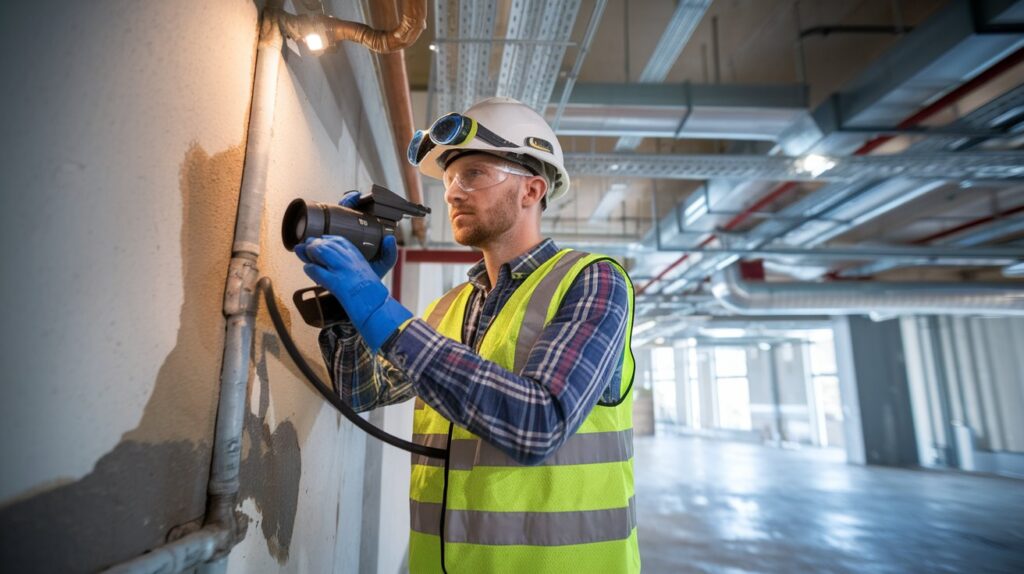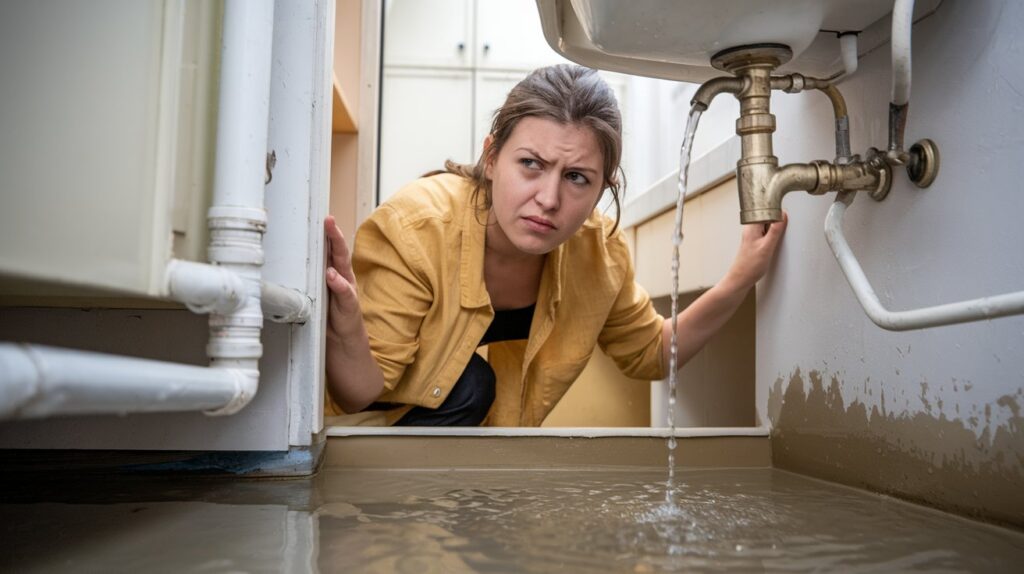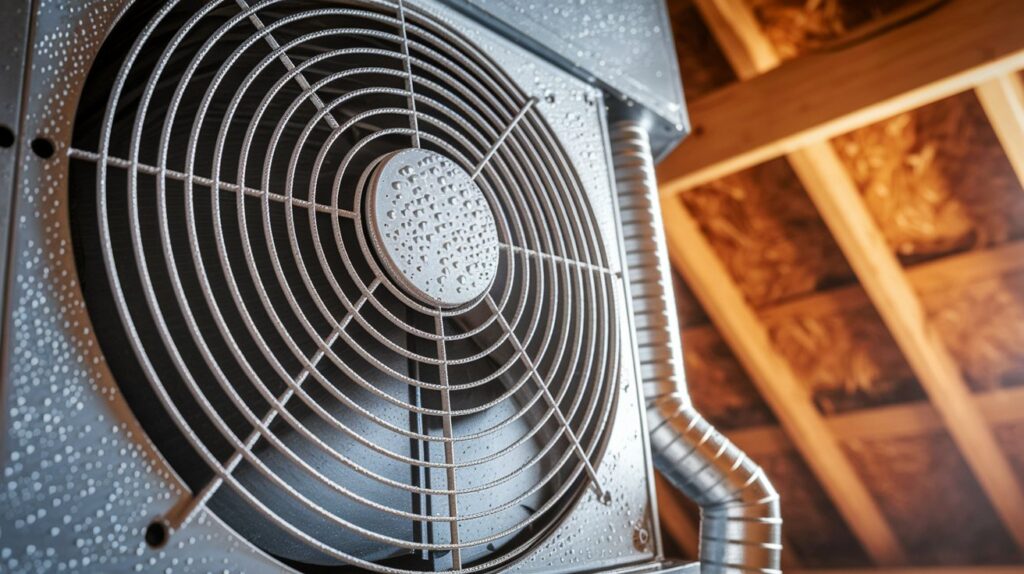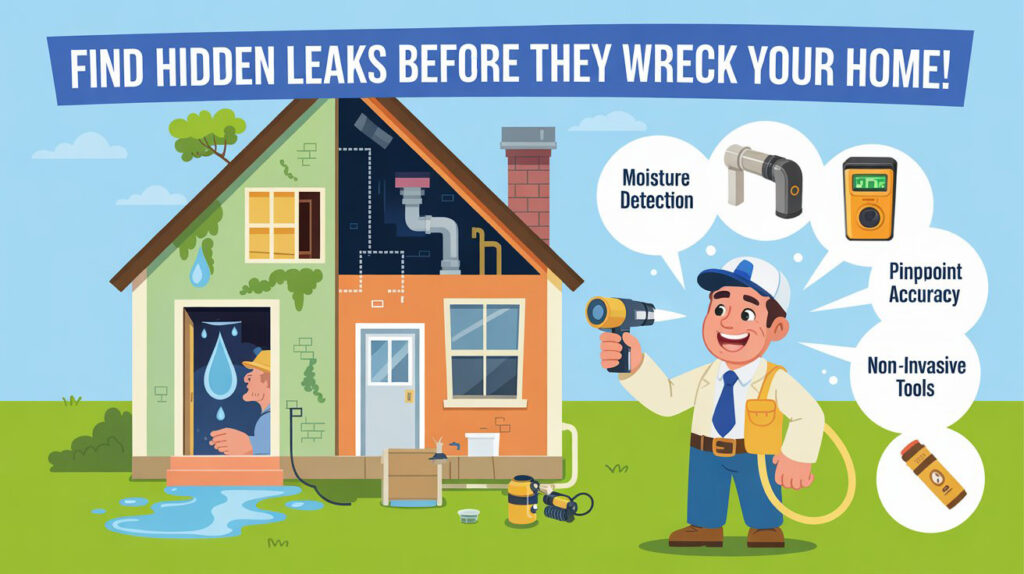Imagine you receive your water bills and see a whooping jump in your bill amount, and you wonder what goes wrong even though you are using the resource in the check amount.
The answer?
It is hidden water leaks. The damp spots in your walls indicate unnoticed leaks, which, besides degrading the visual appeal of your house, also harm the structural integrity of it.
Moreover, Florida’s construction style and shifting climate make your house prone to hidden water leaks, resulting in extensive mold growth and triggering expensive repairs.
Therefore, they should not be left unchecked! This is where professional assistance becomes invaluable. With the use of advanced non-invasive leak detection instruments, professionals easily find the source of the leaks without digging up floors or causing unnecessary harm to the walls.
So, keep reading the article to discover how professional leak detection services work and why you should consider them to identify hidden leakage issues.
1. Hidden Water Leaks

In Florida’s humid climate, concealed water leaks constitute more than just a nuisance; they contribute to damage that leads to costly structural repairs.
Primarily, leaks wiggle behind the walls, floorboards, or underneath a slab, making it hard to spot them. Therefore, to identify them, check for drops in water pressure, discoloration of the ceiling, or a subtle sound of running water drops.
Such leaks cause harm to the foundation of your house, which ultimately promotes mold growth and other health risks. As a result, hiring a professional is the best solution.
By using cutting-edge technology leak detection services Florida ensures a fast, accurate, and risk-free solution.
Furthermore, trained leak detection specialists spot these early warning signs through tools such as acoustic sensors, thermal imaging cameras, pressure gauges, and infrared technology- facilitating early diagnosis without damaging your walls, floors, or landscaping.
2. Wall and Ceiling Leaks
Leaks often go unnoticed inside walls and ceilings until they cause visible damage; therefore, it is important to look for signs like water stains on ceiling areas, bubbling paint, and a musty, damp smell in the rooms.
These leaks are a result of broken pipes, roofing faults, or default in plumbing connections. Since they are hidden behind surfaces, identifying the exact source is difficult without specialized tools.
Therefore, professional leak detection services utilize tools like thermal imaging and moisture meters that are capable of identifying very slight changes in temperature and humidity.
Moreover, professionals aware homeowners to take immediate action to limit the risk of mold formation and long-term damage to drywall and framings.
3. Slab Leaks
A slab leak occurs when there is a crack or corrosion in the water pipes located beneath the concrete foundation of the house. Early signs include warm spots on the floor, dampness of carpets, or sudden spikes in the water bills.
These leaks are particularly worrisome since they can erode the supportive structure of your house over time. Additionally, Florida’s soil conditions, accompanied by shifting moisture levels, heighten slab leak risks.
Thus, to address the concern, professionals use acoustic listening devices and pressure sensors to locate leaks beneath the slab and treat them through invasive repairs via tunneling or rerouting of pipes.
Such a method not only saves time but also reduces cost by preventing the need for extensive foundation repair.
4. Bathroom Leaks
Most leaks in bathrooms are caused by damaged seals, faulty shower pans, or pipe connections hidden behind walls, floors and vanities. Thus, look for indications like moldy or dirty grout, persistent moisture, or loose tiles, as they suggest that prompt assistance is required.
Therefore, specialists address the concern by using infrared cameras and moisture detection devices to pinpoint the origin of the leak. Early detection is essential as it helps you avoid expensive tile removals or plumbing renovations.
Moreover, by treating improper installation, wear-and-tear, or other plumbing failures, you can maintain the hygiene and integrity of your bathroom.
5. Kitchen Leaks

Places like under the sink, dishwasher, and refrigerator lines are a few of the areas that are vulnerable to water leaks. And if you witness warped cabinetry, peeled laminate or a persistent musty smell, it means water is gradually seeping into the wooden area, making a breeding ground for mold and bacteria to flourish.
In addition, such leaks can impact electrical appliance efficiency and ultimately put you at risk of shocks and electrical fires. Therefore, leak detection professionals inspect concealed connections, test pipe pressure, and use thermal tools to assess hidden areas.
Due to the early discovery of leaks in the kitchen, you can avoid replacing the full cabinet or flooring through localized repairs. Hence, catching kitchen leaks early not only saves you from expensive repairs but also helps keep it safe, dry, and operational.
6. Roof Leaks
It is challenging to detect roof leaks from inside of your home as water often travels along beams and walls before it becomes visible- causing damp spots or stains. In addition, Florida’s heavy rainfall puts homeowners at risk of roof damage, making regular roof checkups essential.
Moreover, the prominent signs of roof leakage include discoloration of the ceiling, mold around attic corners, or pooling of water in light fixtures. In resolution, leak detection services locate hidden leaks using moisture scanners and infrared imaging and assess the integrity of roofs by tracking water intrusion.
This practical approach eliminates the guesswork and prevents any unnecessary roof patching accidents.
7. HVAC and Attic Leaks

Slow, unnoticed leaks can be the result of condensation from HVAC units or poorly sealed ductwork in the attic. Leakage signs include water dripping from ceiling vents, mold near the ducts, or rusting components.
Leaks in poorly maintained and unsealed attic spaces cause damage to the insulation and sometimes attract pests, too. Consequently, experts examine the HVAC system for humidity measurements and inspect the attic for possible hidden moisture.
In addition, they incorporate specialized tools like moisture meters, thermal cameras, and borescopes to efficiently detect the origin of the leaks.
8. Outdoor and Irrigation Leaks
Leaks occurring at the external regions of your house, like outdoor faucets, exterior walls or hose bibs, are hard to detect because they often blend in with natural moisture from rain, lawn irrigation, or morning dew.
Therefore, for quick fixes, professionals use tracer gases and ground microphones to identify leaks below the surface without digging the whole lawn. Hence, after precise pinpointing, repairs can be implemented to restore proper flow and prevent further damage.
Bottomline
Hidden water leaks often develop quietly, yet they can lead to significant damage when ignored. By learning to spot early warning signs—whether it’s a musty odor, rising water bills, or damp spots—homeowners can take action before problems worsen.
Through advanced tools like thermal imaging and moisture mapping, professional detection services locate hidden leaks with precision. This not only prevents guesswork but also minimizes repair costs.
Acting early reduces risks to your home’s foundation, structure, and air quality. With the right approach, preventing long-term water damage becomes manageable and far less stressful.

